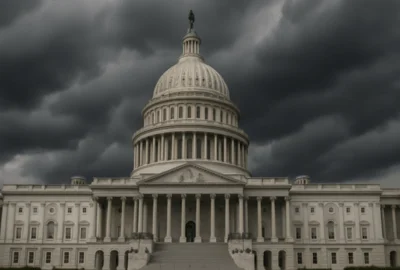The U.S. Department of Education has issued new guidance to state education officials on using federal funds to improve failing schools and expand educational choices for students. The guidance was sent by the Office of Elementary and Secondary Education to all chief state school officers, outlining how states can leverage their federal formula funds under the Elementary and Secondary Education Act of 1965 (ESEA).
The focus is on schools identified for comprehensive support and improvement (CSI), targeted support and improvement due to consistently underperforming subgroups (TSI), and additional targeted support and improvement (ATSI). "It’s a top priority for the Trump Department of Education to help turn around underperforming schools and improve student outcomes, while also giving students in those underperforming schools better options," said Hayley Sanon, Acting Assistant Secretary for the Office of Elementary and Secondary Education.
Dr. Cade Brumley, Louisiana Superintendent of Education, welcomed this step, stating that it will allow more students access to quality schools while returning critical decision-making powers to states. Dr. Katie Jenner, Indiana Secretary of Education, highlighted Indiana's approach: "In Indiana we have implemented a competitive grant process for federal school improvement funds that allows us to take a learner-centered and data-driven approach."
Under ESEA section 1003(a), states are required to reserve seven percent of their Title I, Part A allocation for supporting school improvement activities in CSI, TSI, and ATSI-identified schools. These funds can be distributed through competitive grants aimed at prioritizing strategies that best serve local communities.
Though not mandatory, states may choose to prioritize funding districts that offer both turnaround plans for failing schools and school choice options. This guidance aligns with President Trump's Executive Order Expanding Educational Freedom and Opportunity for Families.





